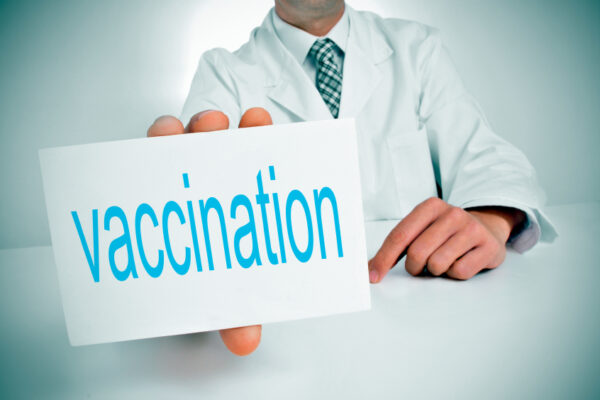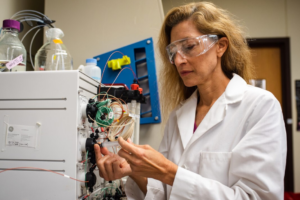Russia recently announced that it has developed an effective vaccine against the COVID-19 virus despite less than two months of testing on humans. A billion doses of the evocatively Cold War-named Sputnik V, Russian officials claim, will be available worldwide by early 2021 at the latest.
Given that safe and successful vaccines are often a decade in the making, what did the Russians do to score this victory? Simple, they truncated and skipped the usual trials that preface the release of any new pharmaceutical and that help ensure its safety.
There’s general consensus among scientists that drug trials — cures, vaccines, you name it — go through a battery of tests, each of which ramps up the number of subjects to be tested — and that’s just the protocol once human subjects are involved. Standard practice is a three-phase process. Phase I involves small groups of people receiving the trial vaccine. Phase II expands the scope to people like those for whom the new product is intended. Finally, in phase III, the vaccine is rolled out to far larger numbers — the rationale being that this is where rare but serious reactions are likely to be more successfully monitored.
Russia’s plan is to skip phase 3 trials, instead conducting them as part of the commercial rollout of the vaccine. In an unusual move, researchers at Moscow’s Gamaleya Institute plan to monitor mass use of the vaccine after making it available commercially. They are combining phase III with an often-used but nonmandatory phase IV in which drugs continue to be monitored after approval and licensing. The big difference is that phases III and IV have become a single phase with the assessment of safety and efficacy largely a post-production effort.
This may sound like good news: a fast track to end the dreariness of lockdown and a way to get people safely back to work and play. It does sound tempting; it really does. And while Russia may be leading the pack right now, other groups of researchers across the globe are also racing to develop a vaccine that will give us our lives back.
But there are drawbacks. The obvious one is safety. Does marketing something so lightly tested put vast populations at risk? It likely does, and that may be reason enough to press the pause button just a little while longer. But the ethics go deeper here, and it’s worth remembering why the elaborate and lengthy processes in place for drug and other clinical trials were instituted in the first place.
There’s a long and ugly history of the exploitation of human subjects behind many drugs as well as cosmetics and surgical procedures.
Before the regulation of human subject research became an issue in the 1970s, kids in special schools and orphanages, prisoners, soldiers, slaves and the poor were the usual testing grounds. Some 4,000 government-funded experiments in the U.S. between the 1940s and the 1970s exposed residents to various doses of radiation in the atmosphere or, for unwitting hospital patients, via injections, and others were dosed with LSD without warning or consent. Young boys in a residential school near Boston ate radiation-laced oatmeal at the breakfast table in experiments conducted jointly by Quaker Oats and MIT. These and many more are the stories that make sense of why we have strict rules about human subject research.
It typically takes 10 to 15 years before a drug can win registration with the Food and Drug Administration. In the case of the current pandemic, we don’t have the luxury of that kind of timeline. But there’s a huge difference between rushing something onto the market, whether for national glory or for flat-out financial profit — and taking enough time to ensure its safety.
We need a vaccine, and we need one fast, but not so fast that we risk even more lives than this pandemic has already cost us.
Philippa Levine is a professor of history at The University of Texas Austin.
A version of this op-ed appeared in The Hill.




